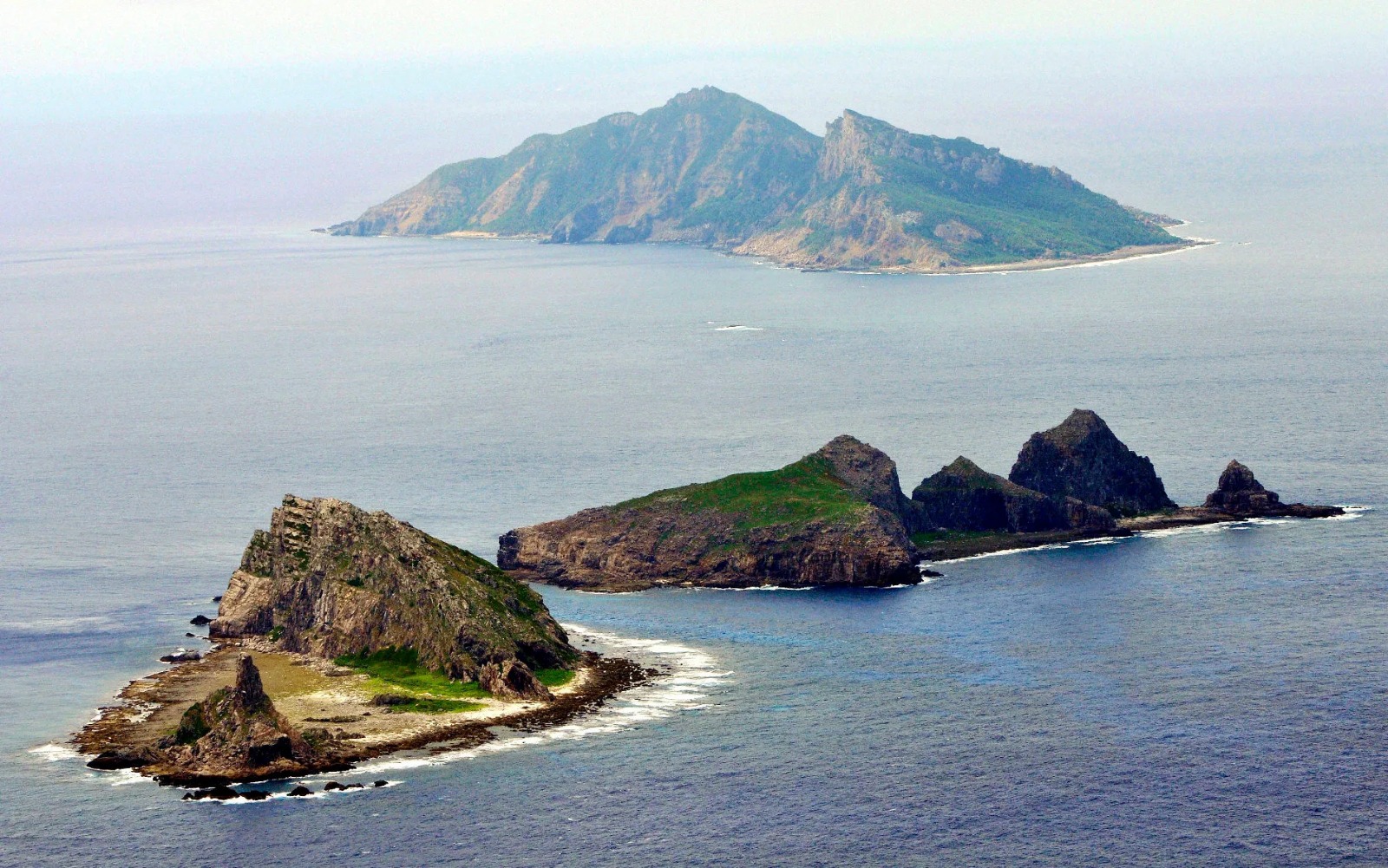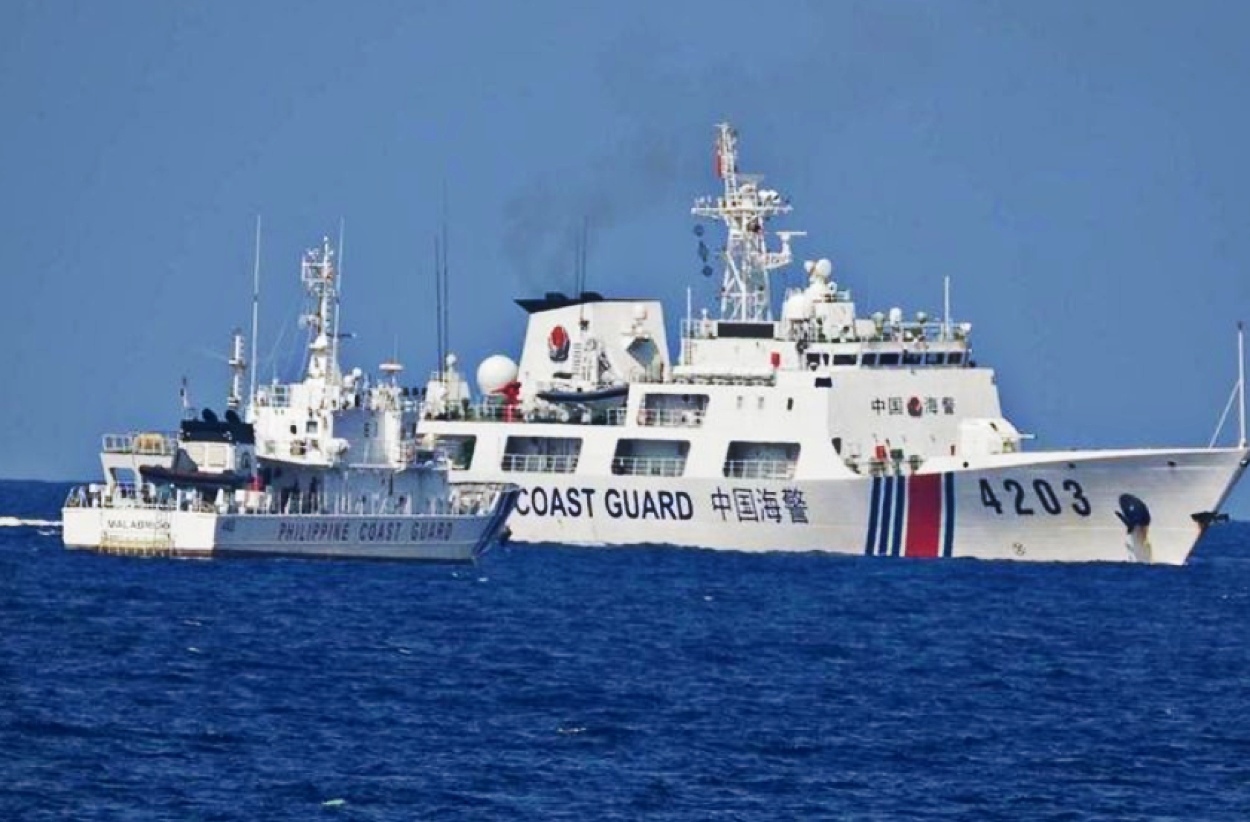Tensions in the western Pacific are set to worsen as China has announced a permanent presence of its Coast Guard vessels around the disputed Senkaku (Diaoyu) islands with Japan in the East China Sea (ECS) over the next year. China’s decision comes after President Xi Jinping called for bolstering Beijing’s sovereignty claims over the islets.
This immediately follows a series of confrontations between China and the Philippines since the second half of 2023, when Beijing’s vessels used water cannons on Filipino ships seeking to resupply an outpost on the Second Thomas Shoal. Manila reported “swarming” of other disputed reefs by Chinese fishing vessels and maritime militia.
China’s recent appointment of a new defense minister, Admiral Dong Jun, was also noted by Chinese defense and politics watchers as a rare leadership from the People’s Liberation Army Navy (PLAN) of the Ministry of National Defense (MND).
Dong has an unprecedented background with operational experience in the Eastern and Southern Theater Commands (that oversee the southern part of the Western Pacific).
China watchers perceive an attempt to fuse the new diplomacy-centric role as the MND head with Dong’s rare “joint and naval operational experience” as a different approach towards territorial disputes in the ECS and the SCS.
24x7x365 Presence
Unidentified sources “familiar with the matter” told Kyodo news that China plans to keep its ships near the Japan-controlled Senkaku Islands in the ECS “for 365 days in 2024 as leader Xi Jinping has called for bolstering Beijing’s sovereignty claim over the islets.”

The decision seems to have been taken during a rare visit by Xi on November 29 to the command office for the East China Sea area of the China Coast Guard in Shanghai. At the time, Xi said that Beijing needs to “constantly strengthen” its “efforts to safeguard the sovereignty of the islands.” China calls the features Diaoyu.
It can be reasoned that PLAN and CCG officials devised the operational plan to suit Xi’s expectations following the experience in the confrontations with the Philippines. The Chinese approach to maintaining its territorial assertions and preserving the status quo in disputed zones seems to be using non-kinetic, sentry, and non-warfare-oriented ships like Coast Guard vessels and not PLAN warships.
This fashion of territorial zone management also stems from China’s ‘gray zone’ warfare strategy. It raises the fear of escalations and applies state and paramilitary machinery just under the threshold of war that does not justify an overwhelming military response from the other party – Japan, India, Philippines, or Taiwan.
Chinese maritime strategists in academic publications that reflect the thinking in the highest echelons of the Communist Party of China (CPC) and Central Military Commission (CMC) have long expressed an aversion towards being inconsistent in their territorial claims with regional countries. This is under conditions of Great Power rivalry with countries from outside the region – in this case, the US.
Xi, also the head of the CMC, commented on the row over the Senkaku Islands: “We can only move forward, not backward. We will never let even 1 millimeter of our territory be taken,” the Kyodo report quoted a source. Xi’s instruction came despite Japanese Prime Minister Fumio Kishida reiterating “serious concerns” regarding the situation surrounding the Senkakus at a summit meeting with the Chinese leader in San Francisco in mid-November.
To boost Beijing’s sovereignty claim in line with Xi’s exhortation, the CCG coast guard “subsequently drafted a plan to keep the presence of its ships near the islets every day next year and conduct inspections of Japanese fishing boats in the sea area.”
On December 14, the annual number of days Chinese vessels were spotted near the Senkakus by Japan surpassed 2022’s record of 336. Following the Xi visit, China Coast Guard Director General Yu Zhong held a meeting at the command office and decided to constantly dispatch its ships to waters near the Senkakus and allow more Chinese navy vessels to sail between Yonaguni and Iriomote islands in southern Japan’s Okinawa Prefecture.
Yonaguni is Japan’s westernmost island, with a population of around 1,600, located 111 kilometers from Taiwan. The Senkakus have long been a source of friction between Tokyo and Beijing. CCG vessels have repeatedly “intruded” into Japanese waters since Japan brought the islets under state control in September 2012.

New Approach Under New Navyman Defense Minister
A report in the China Maritime Studies Institute (CMSI) by Andrew Erickson suggested the more assertive approach can be a result of the unprecedented appointment of a top-operationally, experienced naval officer as the head of the Ministry of National Defense (MND).
While Dong “lacks operational command over the PLA” (the responsibility of the Central Military Commission/CMC and which is operationalized through the Theater Commands), his “unprecedented background” as the PLAN Commander nevertheless reflects “serious joint and naval focus” under Xi with “growing potential applications to disputed sovereignty claims in the ECS and SCS – none more important than Taiwan.”
Dong is one of those PLA joint commanders with “deep experience at the operational level of war,” with his previous assignments in the ETC and STC making him a “potent interlocutor with foreign counterparts regarding Senkaku (Diaoyu) Islands and SCS disputes.”
- The author can be reached at satamp@gmail.com
- Follow EurAsian Times on Google News




